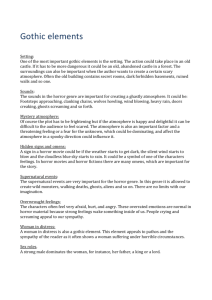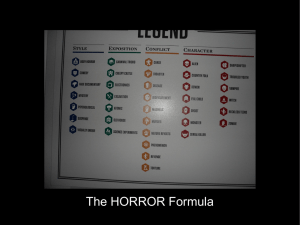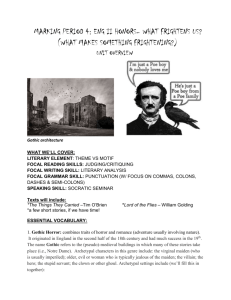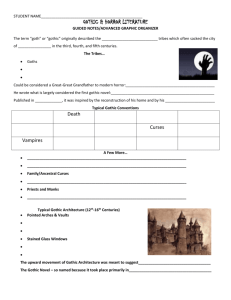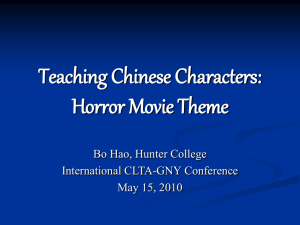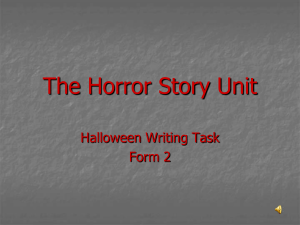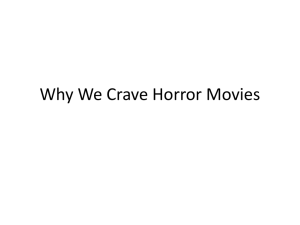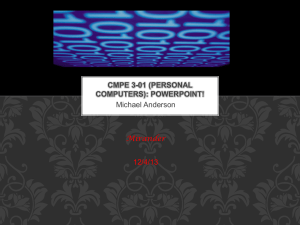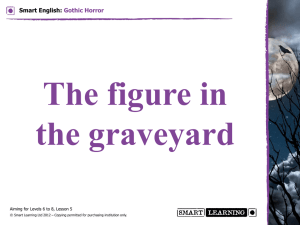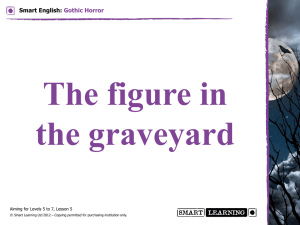the_american_gothic_landscapes_of_fear_2013
advertisement
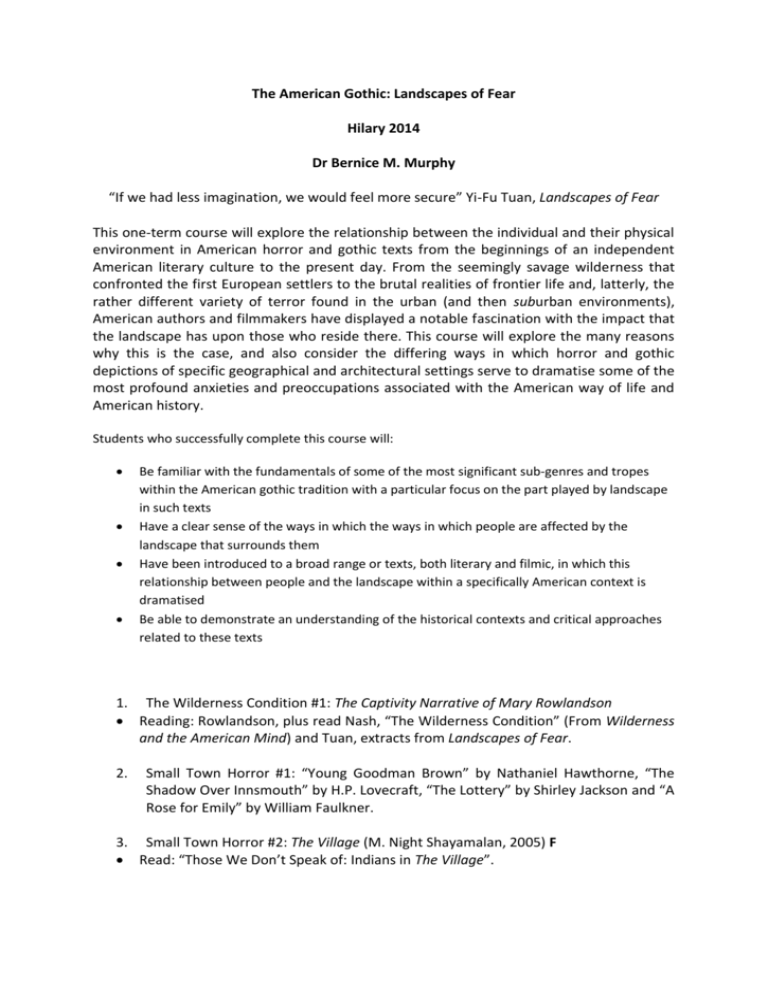
The American Gothic: Landscapes of Fear Hilary 2014 Dr Bernice M. Murphy “If we had less imagination, we would feel more secure” Yi-Fu Tuan, Landscapes of Fear This one-term course will explore the relationship between the individual and their physical environment in American horror and gothic texts from the beginnings of an independent American literary culture to the present day. From the seemingly savage wilderness that confronted the first European settlers to the brutal realities of frontier life and, latterly, the rather different variety of terror found in the urban (and then suburban environments), American authors and filmmakers have displayed a notable fascination with the impact that the landscape has upon those who reside there. This course will explore the many reasons why this is the case, and also consider the differing ways in which horror and gothic depictions of specific geographical and architectural settings serve to dramatise some of the most profound anxieties and preoccupations associated with the American way of life and American history. Students who successfully complete this course will: Be familiar with the fundamentals of some of the most significant sub-genres and tropes within the American gothic tradition with a particular focus on the part played by landscape in such texts Have a clear sense of the ways in which the ways in which people are affected by the landscape that surrounds them Have been introduced to a broad range or texts, both literary and filmic, in which this relationship between people and the landscape within a specifically American context is dramatised Be able to demonstrate an understanding of the historical contexts and critical approaches related to these texts 1. The Wilderness Condition #1: The Captivity Narrative of Mary Rowlandson Reading: Rowlandson, plus read Nash, “The Wilderness Condition” (From Wilderness and the American Mind) and Tuan, extracts from Landscapes of Fear. 2. Small Town Horror #1: “Young Goodman Brown” by Nathaniel Hawthorne, “The Shadow Over Innsmouth” by H.P. Lovecraft, “The Lottery” by Shirley Jackson and “A Rose for Emily” by William Faulkner. 3. Small Town Horror #2: The Village (M. Night Shayamalan, 2005) F Read: “Those We Don’t Speak of: Indians in The Village”. 4. Urban Horror: Seven (F David Fincher, 1995). Also read: “The Smoke Ghost” by Fritz Leiber and “The Whimper of Whipped Dogs” by Harlan Ellison (Stories to be provided the week before class). 5. The Suburban Gothic #1: Stir of Echoes by Richard Matheson Read Matheson and intro to The Suburban Gothic in American Popular Culture (Provided) 6. READING WEEK 7. The Suburban Gothic #2: Poltergeist (Tobe Hooper, 1982) F 8. Hotel Horror: The Shining by Stephen King, (1977). Read King and Windigo extract from Monsters: Evil Beings, Mythical Beasts by Gilmore. 9. Road Horror #1: In Cold Blood by Truman Capote. 10. Road Horror #2: Deliverance by James Dickey (1970) Read Dickey and “Getting Even” extract from Carol J. Clover’s Men, Women and Chainsaws. 11. Outer Space: Alien (Ridley Scott, 1979) F Also read: “Horror and the Archaic Mother” from Creed, The Monstrous Feminine. 12. The Cabin in the Woods (Drew Goddard, 2012) (F) = Film. Students will be expected to watch films in their own time as they are all widely available.
